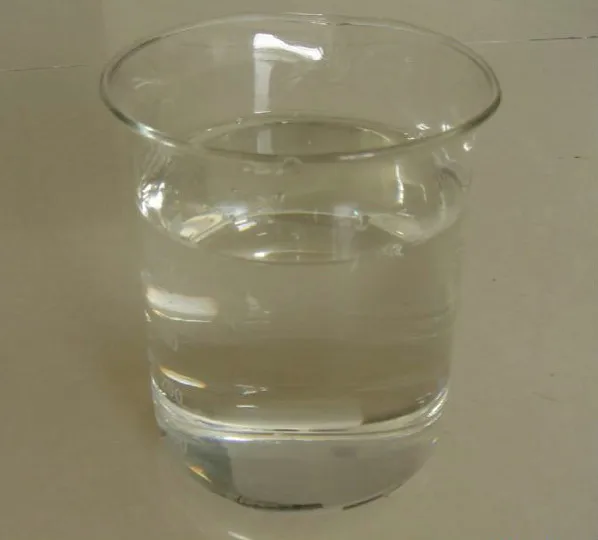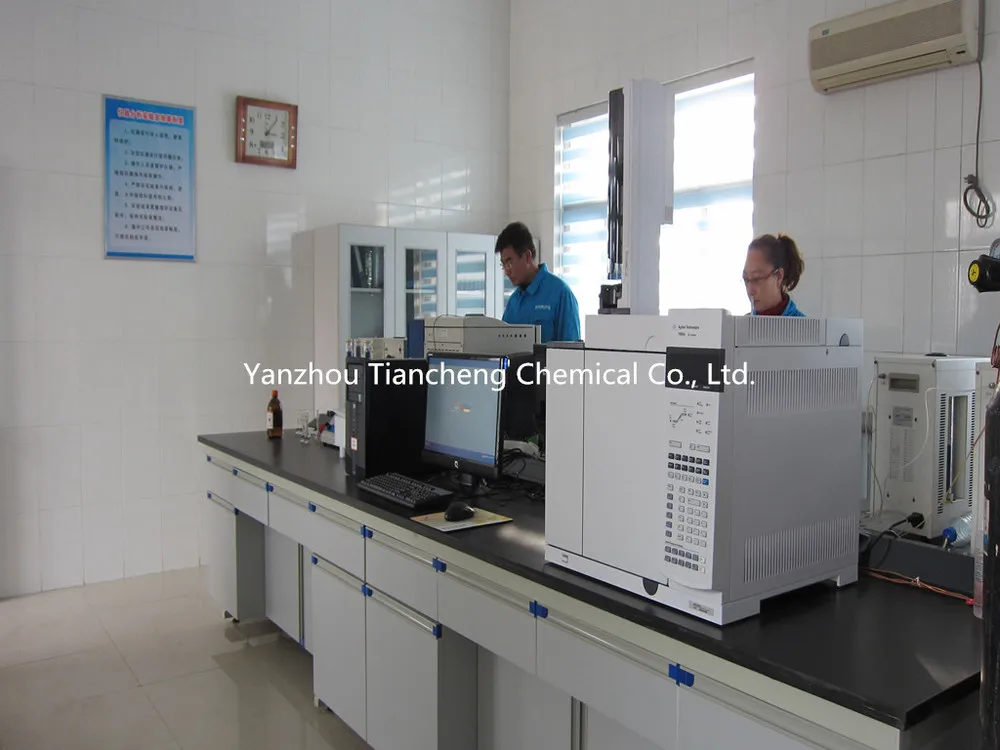In daily agricultural activities, plant protection drones are used more and more in pest control. However, many “flyers†are new recruits, and the technology to control UAV flight is not yet very skillful. The commanding aircraft’s skills of low-altitude circled spraying of drugs are far from being able to pass. It is easy to “miss†accidentally: such as flying through “flying†The "spray" point line, beyond the control altitude, wind direction arc, extreme spraying point, starts the procedure inadvertently or subconsciously, and each operation mistake will cause troubles to the aircraft passing behind, or waste of pesticides, or drifting targets. Disasters and disasters. How to prevent flying accidents and avoid accidental spraying and missing jets is a question that needs careful consideration.
"Flying" training should be in place. Plant protection and drone operators need to be trained through professional and specialized training and technical control must be superb to reduce the chance of accidents after taking off the aircraft. It is recommended that the state should train the “flyers†specifically to ensure that the flight defenses are accurate and safe, fast, and smooth.
Ground recognition is better. There are many preparatory work for agricultural aircraft before take-off, among which the delineation of ground work points must be meticulous, especially those marked facilities in specific areas, with clear instructions, identifiable edges, and obvious identification. The use of space and ground for common identification will not leave "flying sprays" blind spots that should not have been left.
Medication compatibility is right. Now it is more difficult to fly, because the plants and crops on the ground are uneven, and the land and water husbandry between the fields is mixed, and there are numerous categories. A slight mistake can easily cause secondary disasters. Therefore, it is necessary to scientifically formulate the compatibility of pesticides for flying defense operations, such as the different growth periods of different crops and organisms, together with a protective drug application plan to reduce the side effects of flying defense.
Management control must be complete. The owner of the agricultural aircraft should abide by the rules of low-altitude management and use the machine to publicly inform the neighboring villagers of the safety of people and livestock in advance and inform the neighboring growers and breeding units of the appropriate response. Agricultural technology departments should actively participate in large-scale fly defense activities, participate in on-site technical guidance, and join the "flying spray" field management security control. The "three-way" approach of "flying spray" parties, related parties and agricultural technicians should be The comprehensive management and control of technology, medication, security, and terrain ensure the safety of flight operations and ensure the safety of different species of breeding industry.
I. Introduction
Cationic fixing agent is polyelectrolyte, consists of a series of organic synthesis with low molecular weight and strong cationic, which is generally 100% cationic. Product character is aqueous solution.
II. Performance Indicators:
1. Appearance: colorless to pale yellow viscous liquid
2. Solid content: ≥ 50%
3. PH: 2 ~ 6
4. Viscosity: 50 ~ 200 mpa.s

III. Application Field
Used in paper pulp as a cationic fixing agent. Usually the slurry contains colloidal particles consisted of fiber materials, additives and water, which are with anionic charge and interfere the papermaking process, so it is also known as anionic trash; the interference is mainly in the following aspects:
1. Influence wet chemical additives` normal function, especially for cationic retention and drainage aids, sizing agent; or cause to increase the amount of wet chemical additives;
2. Deposits in the paper machine system; interfere the efficient papermaking process.
3. COD discharge of sewage systems, increasing the load on the sewage treatment plant. Recommended for use in mechanical pulp, chemi-mechanical pulp, and secondary fiber pulp slurry and coating waste stuff. Anionic trash neutralized by fixing agent can be bonded to the fibers so as to be taken away by paper sheets.

IV. Methods of Application
Adding methods: excellent water-solubility; can spread out in water instantly. Dosing pump is generally used to drive it into a static mixer or a mixing pump , mixed with water, diluted to about 0.2% of the dissolved solution, and then into the slurry system.
Adding point: the general adding point is in the front of flow system, that is, before the machine chest or fan pump; or add in the pulp plant. Which is taken into consideration for the reaction time of the cationic fixing agent polymer molecules and garbage, also need to time and space for other wet end additives. According to the slurry source, sometimes you need to select two or more points to add. When the slurry contains a source of coated broke, generally requires additional anionic trash fixative in the transport of the paper sheet.
Adding dosage: anionic trash content in the slurry is usually gauged by the cationic charge contents measured by PCD (particle charge analyzer) in the slurry. The measure will directly show the dosage tips, but the real dosage depends on the practical application. For general slurry, the recommend amount is in the range of 0.3kg ~1.8kg/t dry pulp.
V. Safe Operation
1. Cationic fixing agent is a water-soluble polymer, dissolved in water in a highly slippery state and avoid to spill on the floor. If spill, shall timely absorb with sand, sawdust.
2. Wear gloves, wear overalls to operate.
VI. Storage
The product should be kept sealed, stored in cool, dry, ventilated places, and appropriate temperature should be 10-30 ℃.
VII. Package
200 kg plastic drums or 1000 kg PE IBC drum.
Fixing Agent,Fixer,Anionic Trash Catcher,Charge Neutralizer
Shandong Tiancheng Chemical Co., Ltd. , https://www.tianchengchemical.com